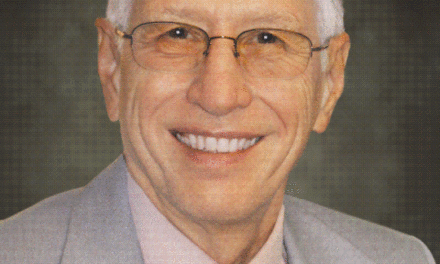By O’S News Service June 23
Teenage marijuana use does not increase as a result of a state passing a marijuana law. That was the key conclusion of a team of researchers led by Deborah Hasin of Columbia University, who analyzed data from surveys conducted annually (1991-2014) involving 1,098,270 adolescents in 48 states. Hasin et al also found that teen use was higher to begin with and has remained so in states that passed medical marijuana laws. Their paper, Medical marijuana laws and adolescent marijuana use in the USA from 1991 to 2014: results from annual, repeated cross-sectional surveys, is in the current Lancet Psychiatry.
Hasin et al relied on the Monitoring the Future study, conducted by University of Michigan polling experts, some of whom co-authored the paper at hand. Their methodology is described in some detail. Polling experts survey students at some 400 schools every year. Now get this:
Advance notice to parents and students about the study included that participation was voluntary and responses were either anonymous (for 8th and 10th graders) or confidential (for 12th graders; responses of 12th graders are not anonymised so that they can participate in follow-up studies). All Monitoring the Future study procedures were reviewed and approved by the University of Michigan Institutional Review Board.
In other words, 12th graders provide their names and contact info, along with their answers about marijuana use. Imagine you’re a 12th grader taking this survey. You’re applying to college, or considering the military…
If all Monitoring the Future study procedures were not approved by the University of Michigan Institutional Review Board, I might think that expecting 17-year-olds to provide accurate answers about their illegal activity is the most unscientific thing I ever heard of.
How many experts does it take to analyze a survey? Hasin had eight co-authors. There were seven PhDs, one MD, one MS. Their bottom line was:
Implications of all the available evidence
Our two main findings, in conjunction with other evidence, suggest that state-level factors other than medical marijuana laws influence adolescent marijuana use. Because both human studies and animal models show that early adolescent use of marijuana increases the risk of important adverse effects in adulthood, the identification of large-scale societal factors that increase the risk of early use is crucial. Our study findings suggest that the debate over the role of medical marijuana laws in adolescent marijuana use should cease, and that resources should be applied to identifying the factors that do affect risk.
Many a helping professional’s livelihood depends on the “important adverse effects” of marijuana. They’re highly professional at helping themselves to our tax dollars. Just keep applying those resources, America…





